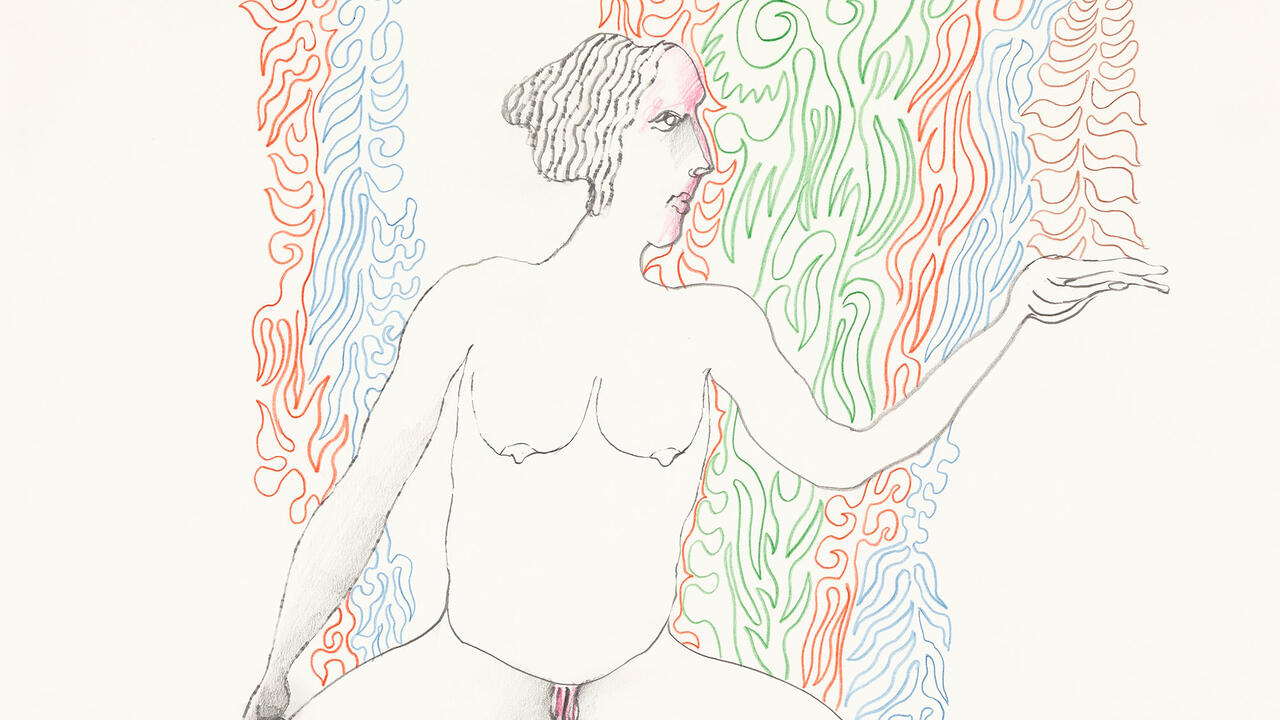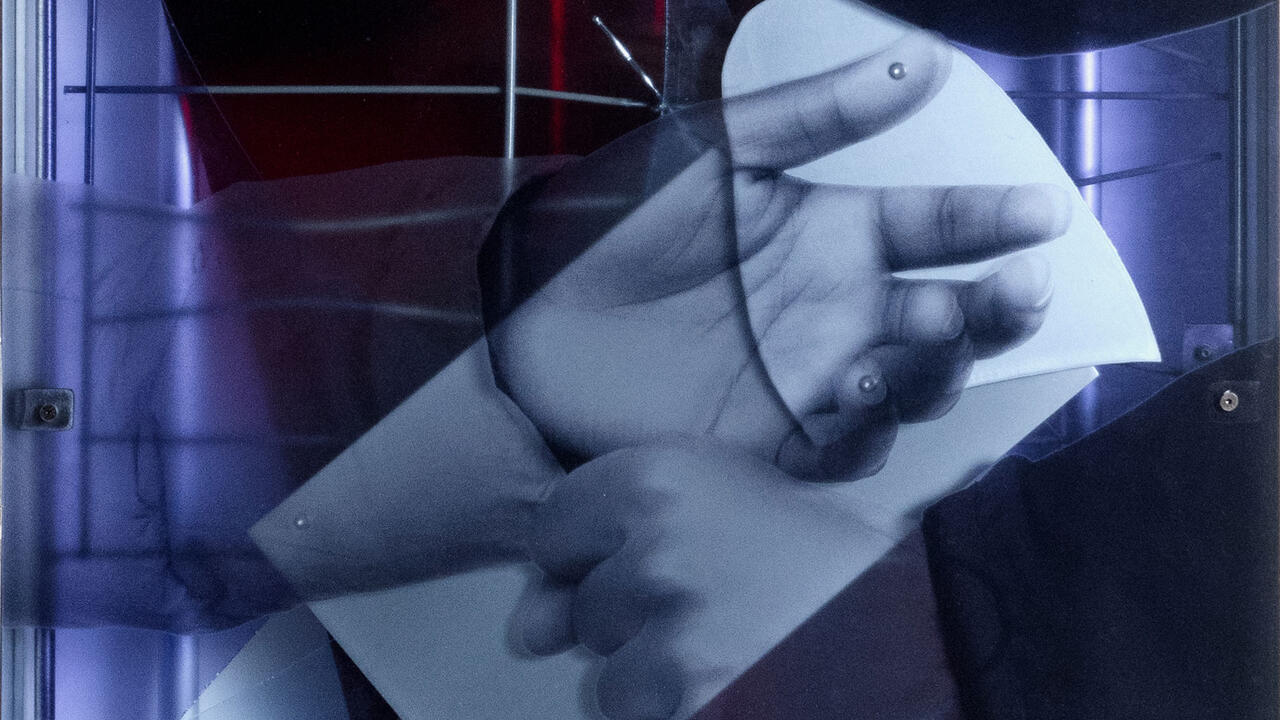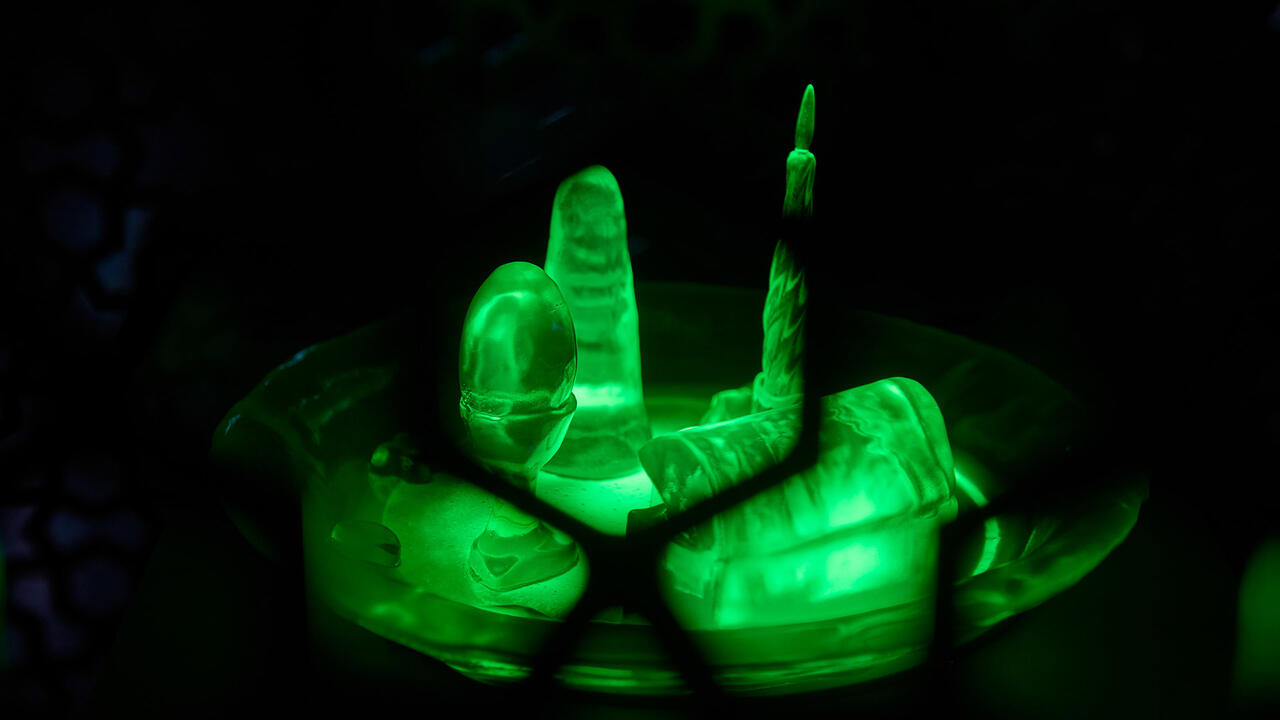Cecilia Jiménez Ojeda Brings Us Home
The artist’s hyperdetailed depictions of everyday clutter at Standard (Oslo) explore the significance of labour-intensive drawing in an era of effortless image-production
The artist’s hyperdetailed depictions of everyday clutter at Standard (Oslo) explore the significance of labour-intensive drawing in an era of effortless image-production

Most people’s living spaces are subject to the pressures of everyday life rather than a coherent design brief. Clutter and dust accrue, while fixtures and surfaces might be worn, outmoded or haphazardly repaired. In her first solo show with Standard (Oslo), Swedish artist Cecilia Jiménez Ojeda depicts the nooks and crannies of a family member’s time-worn apartment. Simply titled ‘Interiørdetaljer’ (Interior Details), the exhibition includes seven hyperdetailed and naturalistic graphite-pencil drawings based on photographs, each smaller than an A4 sheet of paper.

True to the show’s title, the drawings are close-ups, leaving the overall layout and size of the apartment undisclosed. In Uten tittel (Rør) (Untitled [Pipe], all works 2024), two narrow pipes are held against the wall by a hefty bracket, an electrical wire curving up and around them. The bulky bolt anchoring the bracket looks blurry, its edges smudged and out of focus. This is not a defect of the drawing, but a result of Jiménez Ojeda’s exacting reproduction of the reference photo, tell-tale optical distortions included.
Uten tittel (Tapet) (Untitled [Wallpaper]) is an extreme close-up of an old-fashioned fibreglass wallpaper, a simple relief pattern consisting of diagonal lines filled with small punctures. Along the topmost part of the drawing, this design appears out of focus, probably due to the phone on which the reference photograph was taken not being held perpendicular to the wall. The fact that this work was generated from a digital snapshot is further emphasized by the shadow cast across the lower right-hand section of the wallpaper. In the centre, there is a smudge in the fibre glass, a lumpy swirl that breaks up the otherwise straight lines of the textured surface.

Jiménez Ojeda’s drawings, which typically take weeks to complete, are characterized by a striking contrast between the many exacting pencil marks that constitute her flawlessly blended and shaded compositions, and the imperfect apartment interiors they depict. Despite the intimacy of the scenes, only occasionally does the artists’ restrained realism allow for lines that are more expressive. In Uten tittel (Kam) (Untitled [Comb]), thin hairs attached to a comb are rendered in the form of long, curly lines which are barely visible yet stand in stark contrast to the overall density and visual heft of the drawing.
Beyond the formal, the artist’s choice of motifs could be interpreted as an aesthetic riposte to the polished but often anodyne interiors featured in lifestyle magazines. Although nothing is revealed about what this apartment means to Jiménez Ojeda personally, the focus on its idiosyncrasies and minuscule marks suggests that she knows it intimately. We are reminded that the private meaning of a place – whether positive or negative – is not simply rooted in its surface-level appearance, but also in the memories and emotions it evokes. As such, these works demonstrate how virtuoso depiction can convey profound emotional connection, even if the exact meaning of that connection remains oblique.

Jiménez Ojeda’s decision to base her intricate drawings on source images that require minimal skill or labour to produce can be seen as a statement on the inherent value of draughtsmanship itself. Perhaps creating drawings of everyday motifs with extreme levels of detail is one way of subverting capitalism’s demands for efficient production, its hierarchies of taste and its preference for the quick and effortless communication symbolized by phone images. The use of time-consuming and inefficient techniques becomes a way of advocating for the creation of art as an act of resistance. While ‘Interiørdetaljer’ may seem like a remarkably straightforward show, on close reading it harbours a subtle defiance and critique of the fast-paced, commodified nature of modern visual culture.
Cecilia Jiménez Ojeda’s ‘Interiørdetaljer’ is on view at Standard (Oslo) until 21 September
Main image: Cecilia Jiménez Ojeda, Uten tittel (Persienne), 2024, graphite on paper, 39.3 × 50.2 cm. Courtesy: the artist and STANDARD (OSLO), Oslo; photograph: Vegard Kleven






















